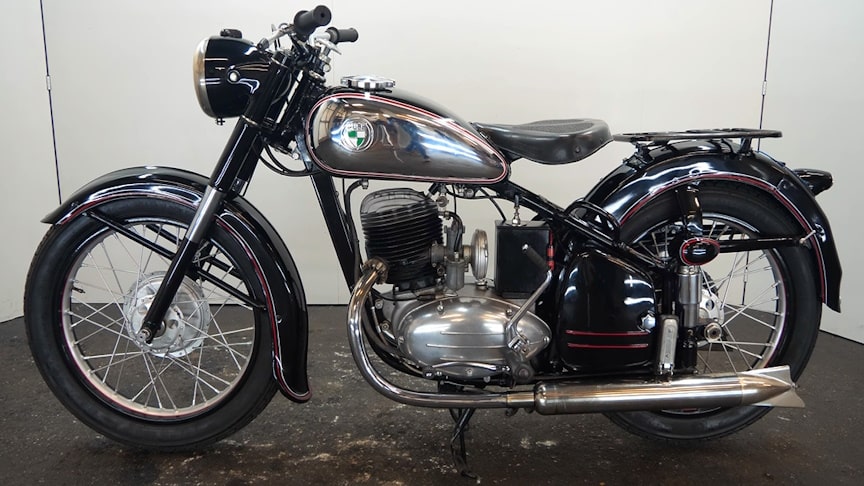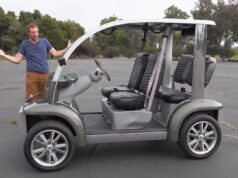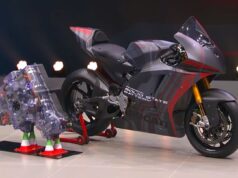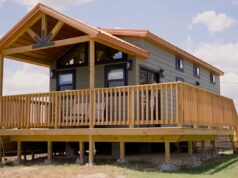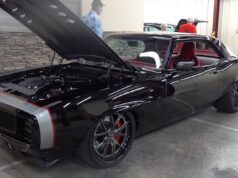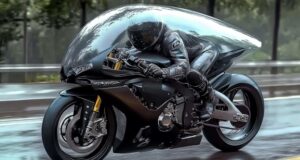From 1889 Johann Puch (1862–1914) worked as an agent for Humber vehicles and manufacturer of Styria safety bicycles in a small workshop in Graz and in 1890 he founded his first company, Johann Puch & Comp., employing 34 workers. Cyclists like Josef Fischer, winning the first edition of Paris–Roubaix in 1896, popularized Styria bicycles which were even exported to England and France. By 1895, Puch already employed more than 300 workers producing about 6000 bikes a year. In 1897 Puch left the company after a dispute with his business partners.
source.image: classic-motorcycle.com
- Manufacturer: Puch
- Model: 250 TF
- Year: 1953
- Displacement: 248 cc
- Cylinder: 1 – split single
- Engine type: 2-stroke
- Bore / Stroke: 45 x 78 mm
- Power: 12hp @ 4.500 rpm
- Weight: 138 kg
- Top Speed: 100 km/h
- Production years: 1948 – 1954
- Units: 59.601
During World War I, Puch became an important vehicle supplier to the Austro-Hungarian Army. The Puch green and white chequered badge is in the colours of the Steyr town flag and is very similar in concept to the BMW badge, which is in the colours of the Bavarian flag. With the collapse of the Austro-Hungarian empire following the War, the market for automobiles shrank and production was discontinued. However, again in 1919, the new Type XII Alpenwagen was developed.
In 1923 the Italian engineer and FIAT agent Giovanni Marcellino is said to have been sent by the banks to wind up the Puch factory in Graz. Instead of which, within a few weeks he had settled down to live in the town, designing and then producing a new version of the split-single.
Advertisement
Taking his inspiration from industrial counter-piston engines, the new engine benefited from the improved breathing of the Italian original, to which he added asymmetric port timing. In 1931 Puch won the German Grand Prix with a supercharged split-single, though in subsequent years the split-singles of DKW did better. In 1928 the company merged with Austro-Daimler into the new Austro-Daimler-Puchwerke. This company in its turn merged in 1934 with Steyr-Werke AG to form the Steyr-Daimler-Puch conglomerate. This Puch has been restored with care and runs fine.

